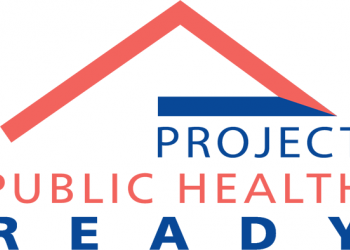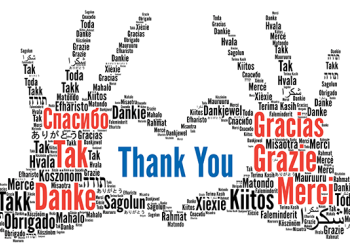On December 1 the CDC Advisory Committee on Immunization Practices (ACIP) voted on recommendations as to who should be first to receive COVID-19 vaccinations. The panel voted 13-1 to recommend that health care personnel and residents of long-term care facilities should receive the first doses. This recommendation has been adopted by the CDC Director.
This very first allocation will likely be directed at a subset of workers in healthcare settings who work in environments where they may have direct exposure to infectious materials while not always having the information regarding patients’ COVID-19 status prior to interaction. Health care personnel are defined as “paid and unpaid persons serving in health care settings who have the potential for direct or indirect exposure to patients or infectious materials.” This likely will be those health care workers in emergency or emergency-like settings and in nursing homes. Other individuals who meet Phase 1-A criteria, include those working and residing in inpatient and outpatient settings, ancillary care settings, long-term care settings, intermediate care and assisted living settings, as well as home health aides, Fire and Emergency Medical Services, and front-line public health workers. For additional information, please see MMWR 69, The Advisory Committee on Immunization Practices’ Interim Recommendation for Allocating Initial Supplies of COVID-19 Vaccine — United States, 2020
HHS Operation Warp Speed decided to allocate doses based on state population as opposed to healthcare workforce, essential workforce, and individuals with high-risk conditions. The allocation-by-population policy is a departure from earlier distribution plans, and it downplays the role of the CDC ACIP group. Previously, Operation Warp Speed officials said they would send vaccines out to states based on the number of people in high-risk groups, such as health care workers, nursing home residents, frontline public health staff, etc. On November 24, during a media briefing reporting that doses of COVID-19 vaccines will go to states based on their total population, HHS Secretary Alex Azar stated, “We wanted to keep it simple . . . we thought it would be the fairest approach, and the most consistent.”
The final decision of who gets the first vaccines is up to the states and other U.S. jurisdictions. Will governors follow the practice of HHS and distribute vaccines based on county populations and not where assisted living and health care facilities are located – because it’s simple and consistent? Will states consider local health department personnel who should be vaccinated as they staff COVID testing centers and get ready for vaccine distribution centers? Is your local health department engaged in these conversations? Share your comments and questions to [email protected].









